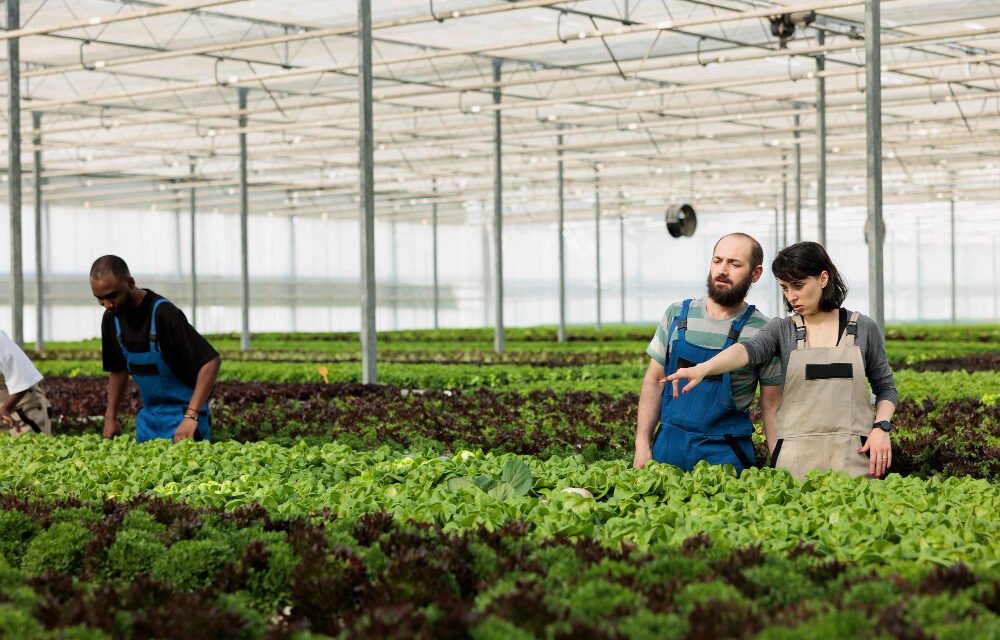Organic farming is more than just a trend—it’s a sustainable way to grow food that nurtures the soil, protects biodiversity, and ensures long-term health for both farmers and consumers. If you’re new to farming or planning to shift from conventional to organic practices, this beginner-friendly guide will help you get started step by step.
✅ Step 1: Understand What Organic Farming Means
Organic farming avoids synthetic fertilizers, chemical pesticides, GMOs, and hormones. Instead, it relies on:
- Natural compost and manure
- Herbal pest control methods
- Crop rotation and companion planting
- Eco-friendly soil and water management
It focuses on sustainability, soil health, and ecosystem balance.
🧪 Step 2: Test Your Soil
Healthy soil is the foundation of organic farming.
- Get a soil test from a local agri-lab or Krishi Vigyan Kendra (KVK).
- Check pH, nutrient levels (N-P-K), and organic matter.
- Based on the results, plan your soil enrichment methods using natural composts, green manures, or biofertilizers.
🌿 Step 3: Choose the Right Crops
Start with crops that:
- Are suited to your region’s climate
- Have local demand or market value
- Require fewer external inputs (e.g., local vegetables, millets, turmeric, etc.)
Tip: Medicinal or herbal crops (like tulsi, ashwagandha, aloe vera) are great for small-scale organic farming.
💩 Step 4: Use Natural Fertilizers
Ditch chemical fertilizers and switch to:
- Compost: Decomposed organic waste
- Vermicompost: Worm-based nutrient-rich soil
- Green Manure: Fast-growing crops like dhaincha or moong grown and plowed into the soil
- Panchagavya or Jeevamrut: Traditional Indian bio-fertilizers made from cow-based inputs
🛡️ Step 5: Adopt Organic Pest & Disease Control
Protect your crops without chemicals:
- Use Neem oil sprays, garlic-chili solutions, or cow urine-based formulations
- Set up traps: sticky traps, pheromone traps for monitoring
- Encourage natural enemies (ladybugs, birds) for pest control
- Rotate crops to break pest cycles
🔁 Step 6: Plan Crop Rotation and Intercropping
- Crop rotation improves soil fertility and prevents pest buildup
- Intercropping (e.g., planting marigold with vegetables) helps deter pests and optimizes land use
💧 Step 7: Use Water Wisely
Water is precious in organic farming:
- Adopt drip irrigation or mulching to save moisture
- Avoid overwatering—use soil moisture sensors if possible
- Harvest rainwater where feasible
📜 Step 8: Get Organic Certification (Optional but Recommended)
If you plan to sell organically in larger markets:
- Apply for certification under PKVY (Paramparagat Krishi Vikas Yojana) or NPOP schemes in India
- Maintain farm records, input sources, and crop practices for inspection
🧺 Step 9: Harvest & Sell Organically
- Harvest crops at peak maturity for best quality
- Use clean, chemical-free storage methods
- Label your produce as organic only if you’re certified
- Sell locally, at organic markets, or online platforms


